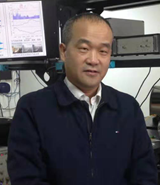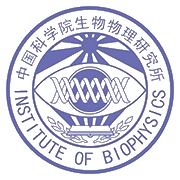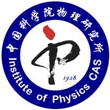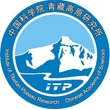Sessions 4:Geo-sciences
Xiankang Dou

Character introduction
Education and research experience
1987 B.S. University of Science and Technology of China (USTC)
1990 M.S. Université Paris Diderot-Paris 7
1993 Ph.D. Université Paris Diderot-Paris 7
1993-1995 Post-Doctor in Centre national de la recherche scientifique
1995-1999 Assistant Professor in University of Science and Technology of China 2000-2016 Professor in University of Science and Technology of China
2016- President of Wuhan University
Awards and honors
2010 The National Science Fund for Distinguished Young Scholars
2011 The funds for Innovative Research Group by the National Natural Science Foundation of China
2016 First Prize of Anhui Science and Technology Award
2017 Academician of Chinese Academy of Science
Academic activities
2011 Executive Deputy Director, Space Physics Committee, Council of the Chinese Academy of Space Sciences
2011 Director , Council of Chinese Society of Space Research
2012 Deputy Director, Space Weather Committee, China Geophysical Society 2013 Director of the Key Laboratory of Geospace Environment of the Chinese Academy of Sciences (CAS)
1987 B.S. University of Science and Technology of China (USTC)
1990 M.S. Université Paris Diderot-Paris 7
1993 Ph.D. Université Paris Diderot-Paris 7
1993-1995 Post-Doctor in Centre national de la recherche scientifique
1995-1999 Assistant Professor in University of Science and Technology of China 2000-2016 Professor in University of Science and Technology of China
2016- President of Wuhan University
Awards and honors
2010 The National Science Fund for Distinguished Young Scholars
2011 The funds for Innovative Research Group by the National Natural Science Foundation of China
2016 First Prize of Anhui Science and Technology Award
2017 Academician of Chinese Academy of Science
Academic activities
2011 Executive Deputy Director, Space Physics Committee, Council of the Chinese Academy of Space Sciences
2011 Director , Council of Chinese Society of Space Research
2012 Deputy Director, Space Weather Committee, China Geophysical Society 2013 Director of the Key Laboratory of Geospace Environment of the Chinese Academy of Sciences (CAS)
Topic: The State-of-the-art Atmospheric Lidar and its Application
Abstract Atmospheric Lidar is the most powerful tools for investigating the structure and composition of the atmosphere at high resolution. In the past ten years, we have focused on the atmospheric wind measurement, which is essential for understanding and predicting the future state of the earth-atmosphere system and is most difficult to be detected by lidar. Based on the double-edge technique, we have successfully developed a series of Doppler wind lidars to directly detect the winds throughout the troposphere, stratosphere and lower mesosphere. Wind observation has been carried out in northwest of China for several years, demonstrating the stability and robustness of the system. Recently, as the incremental improvements in photon counting, sensitivity, optical detector, a new type of the compact lidars has been in our lidar group, incorporating the micro-pulse and eye-safe laser at 1.5 μm ,the small optical antenna and the single-photon detector. Taking advantages of high signal-to-noise ratio of the detectors and high spectral resolution of the fiber Fabry-Perot scanning interferometer, the new lidars can measure the aerosol and the wind with high temporal and spatial resolution throughout the troposphere during the day and night, even in cloudy or raining days. The system setup for the new lidar contains the simplest optical structure and all-fiber connection, which made the system robust and stable enough to use in harsh environments such as aboard aircraft or satellites.
Previous Michael Wagner
Next Lixin Wu








